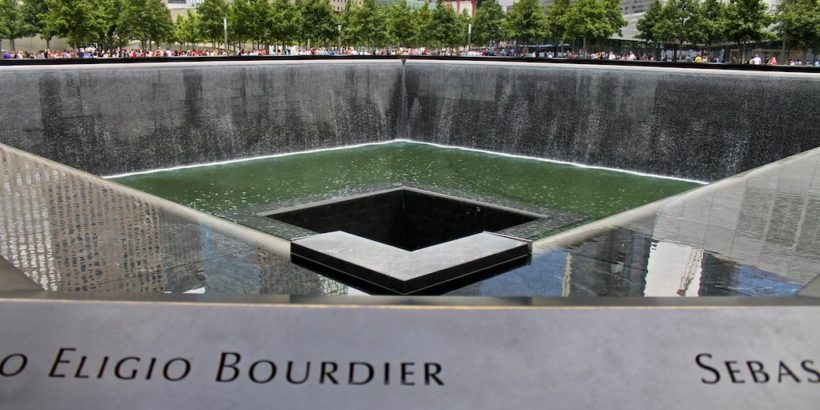In the process of planning any travel itinerary, I usually carve out time to visit various memorials when possible.
The reason behind this deliberate choice is simple: I’ve discovered these outings to be some of the most rewarding travel experiences.
In this article, I will delve into the reasons why I think it’s a good idea to allocate time for exploring memorials and I’ll outline the numerous benefits you are likely to encounter along the way.
Table of Contents
Memorials provide a place to embrace the human condition
One of the main reasons for visiting memorials is to offer a heartfelt tribute and pay your respects to individuals who have left their mark on history.
There is a profound sense of reverence that accompanies standing silently before a statue or wall inscribed with names of the fallen and taking a moment to honor and reflect. It is a deeply meaningful gesture that resonates with our innate sense of dignity and reverence.
In our fast-paced lives, these moments of pause and contemplation become even more essential. They remind us of the fragility of life and the resilience of the human spirit, offering a much-needed peaceful respite from the hustle and bustle of our daily routines.

Memorials inspire gratitude
Memorials serve as poignant reminders of those who have passed away or endured immense pain and hardships.
When standing before the war memorials on DC’s National Mall, a deep and sincere sense of gratitude often washes over you.
It is a humbling experience that swiftly grants you perspective. Suddenly, the trivial worries and inconveniences of your daily life pale in comparison to the gut-wrenching fights and squalid conditions faced by soldiers on the battlefields of Iwo Jima and Okinawa.
In that moment, you gain a newfound appreciation for the blessings we often take for granted. You realize the preciousness of freedom and the irreplaceable value of your loved ones. It’s a reminder to embrace and cherish the precious aspects of our lives.
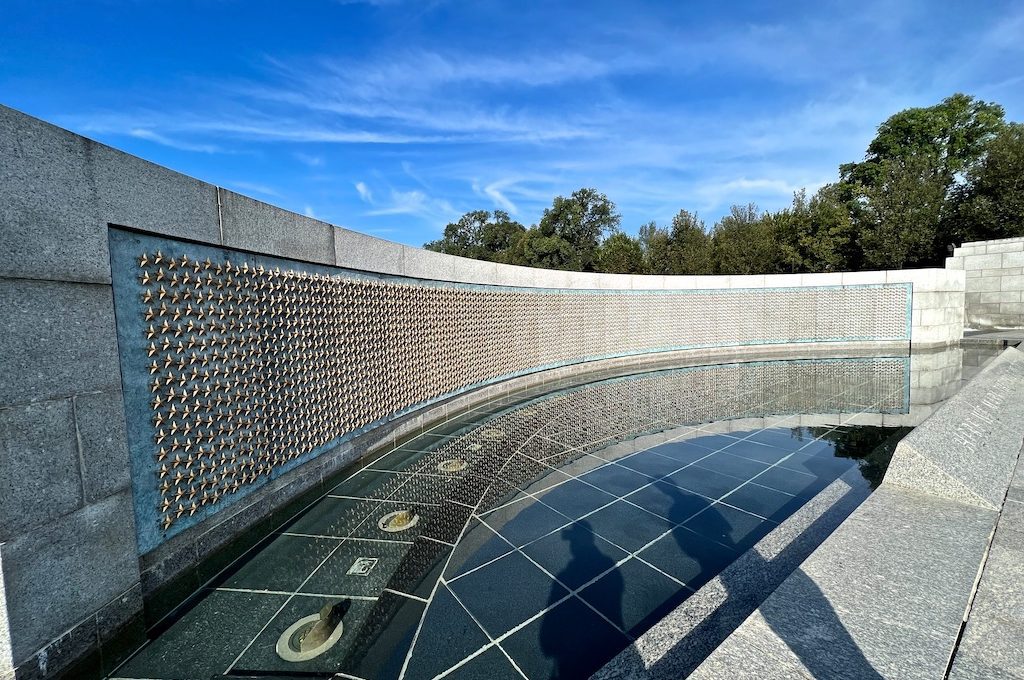
Memorials help us reflect on lessons from the past
Visiting memorials allows us to pause and contemplate the lessons learned from the past.
After exploring the Salem Witch Trial sites, I couldn’t help but to think about how easy it is to get caught up in a frenzy and how dangerous scapegoating can be.
Often times, when trying to figure out what is going wrong with ourselves, our family, or our community, we just go for the most convenient option (which is usually the one that makes us look the best).
However, this tendency can lead us astray. We may overlook the underlying complexities and root causes of our problems and dodge the difficult conversations and uncomfortable truths we need to face.
Like the people of 17th century Salem, we may fall into the trap of scapegoating — blaming others for our faults and problems instead of taking a hard look at ourselves and our society.
Visiting memorials like these can serve as a reminder of this important lesson and inspire us to take responsibility for our actions and their impact on others.
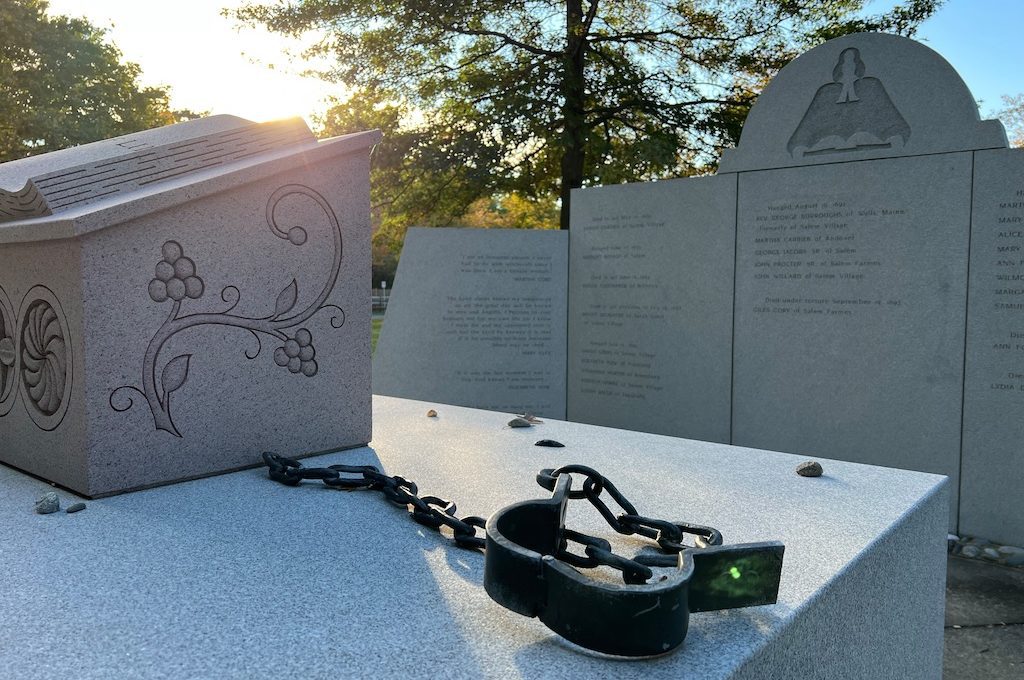
Memorials teach by immersing us in history
Memorials possess the potential to be profound teachers.
When standing at the hauntingly empty landscape of District Six in Cape Town, South Africa — where 60,000 residents were forcibly removed from their homes — I found myself absorbing the details of the events from our guide in a way that I never would from simply reading about it in a textbook.
Memorials — through their ability to evoke emotions and create immersive experiences — become powerful teachers, enabling us to grasp the significance of historical events on a more profound level.
Memorials spark dialogue and collective experiences
A lot of the experiences that come from visiting memorials is deeply personal and introspective. We look inside of ourselves to reflect and further our understanding of the world.
However, the impact of memorials extends beyond the individual.
They also serve as a catalyst for collective experiences and meaningful interactions with others.
As we share the space with fellow visitors, there is a sense of camaraderie. We’re all participants in the same journey of remembrance. Conversations naturally arise, sparked by the common ground we find in our shared experience.
These dialogues can be transformative. They provide an opportunity to exchange perspectives, share stories, and deepen our understanding of history and its implications for the present.
But sometimes dialogue isn’t even necessary.
Imagine the incredibly poignant site of a single elderly veteran standing before the reflective black granite at the Vietnam Veterans Memorial.
In these instances, we witness something that surpasses words. It prompts us to reflect on the individual’s unique perspective, the depth of their struggles, and the weight of the memories they carry, ultimately evoking a deep sense of empathy within us.
These encounters remind us that memorials are also focal points for shared understanding, where the gravity of history is felt and acknowledged, and where we can stand in solidarity with those who have borne the burdens of the past.
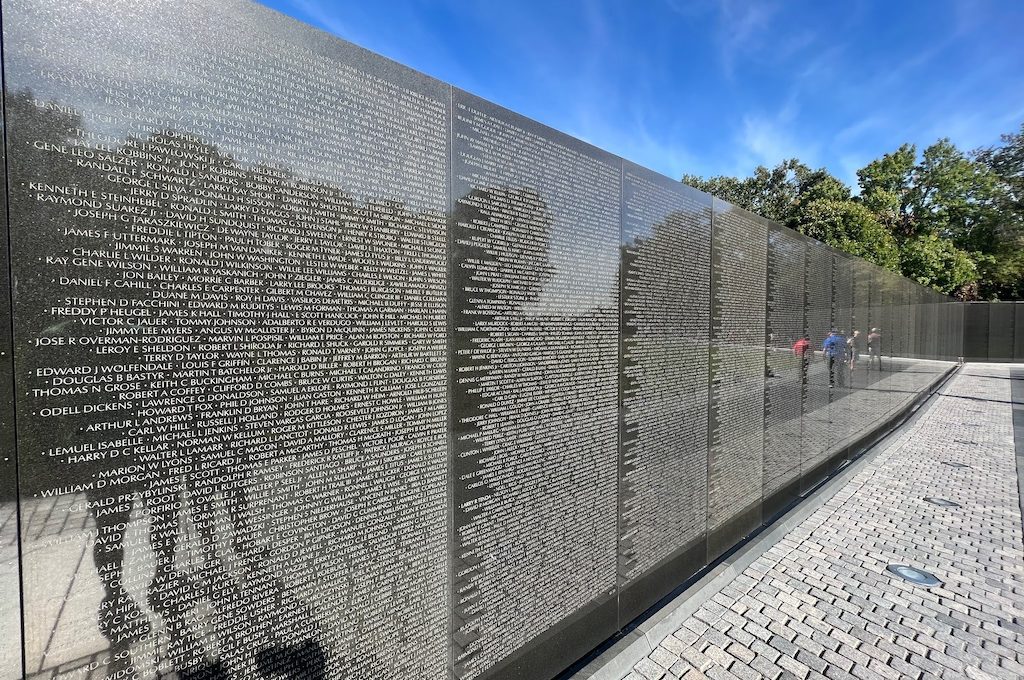
Memorials are beautiful and will move you in unexpected ways
From the initial concept to the groundbreaking, memorials often undergo numerous iterations and meticulous planning, sometimes spanning several years or even decades.
The careful consideration given to every aspect of their creation transforms memorials into visually captivating and meaningful sites, often rich in symbolism.
Each element, from the choice of materials to the placement of sculptures or inscriptions, contributes to the overall aesthetic and emotional impact. As a result, these memorials become not only places of remembrance but also visually stunning works of art.
The deliberate incorporation of symbolic elements inspire individuals to further explore the history and connect with the deeper meaning of the memorial. I recall visiting the bonfire memorial at Texas A&M University for the first time and seeing the symbolic portal of a fallen Aggie, Miranda Adams, purposefully facing towards her hometown of Santa Fe.
As I looked to the horizon I realized that the portal was also pointing in the direction of my own home, and the significance of the memorial became even more relatable and impactful.
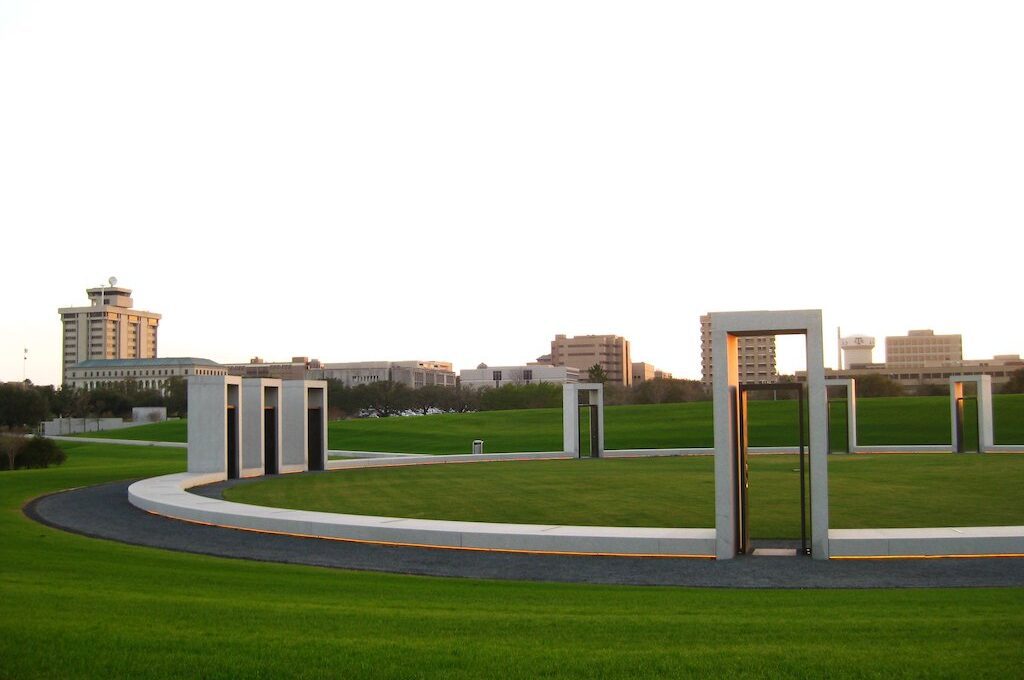
Memorials help bring stories together
Memorials can play a crucial role in bringing different elements of a story together. That’s because they serve as physical manifestations of history, condensing complex narratives and emotions into tangible forms.
When we stand before a memorial, we see the names, dates, and images that represent the individuals and events we have read or heard so much about.
Sometimes it’s a smaller-scale revelation like when we visited Fort McHenry and saw the actual “ramparts” mentioned in the Star-Spangled Banner.
But other times it’s making sense of a more complex event.
I vividly remember my visit to Pearl Harbor, where the old video footage and survivor stories took on a whole new dimension as I stood there, gazing across the harbor to Ford Island. One a completely quiet morning, I could almost hear the planes roaring overhead, raining destruction on the site in a moment of complete havoc.
The full magnitude of the attack finally hit me.
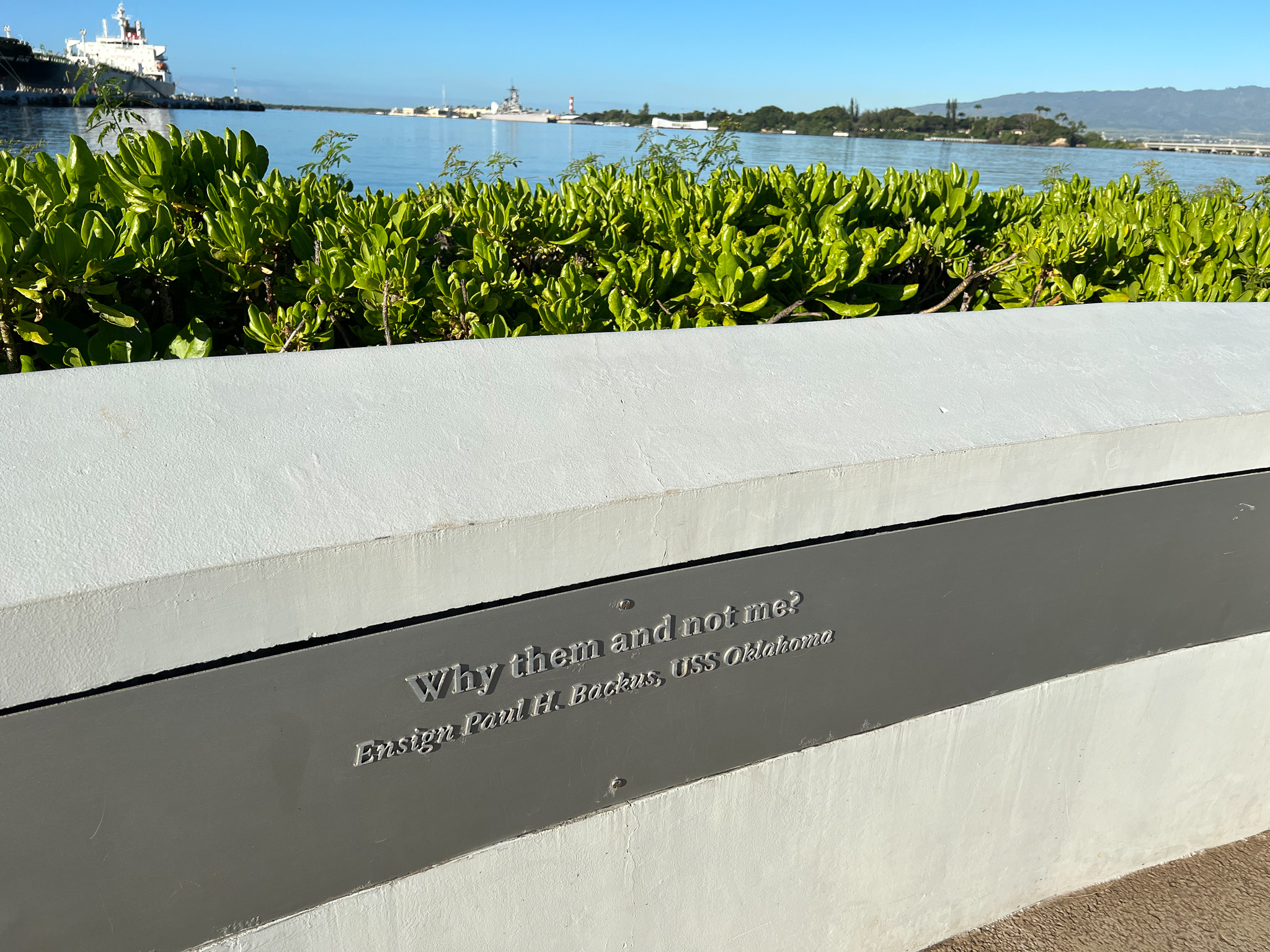
Final word
Beyond their aesthetic appeal, memorials often offer serene environments where visitors can find solace, pay their respects, and contemplate the lessons and legacies of the events or individuals memorialized. They serve as powerful reminders of our shared history and often offer visitors a rich and rewarding experience.
Daniel Gillaspia is the Founder of UponArriving.com and the credit card app, WalletFlo. He is a former attorney turned travel expert covering destinations along with TSA, airline, and hotel policies. Since 2014, his content has been featured in publications such as National Geographic, Smithsonian Magazine, and CNBC. Read my bio.

